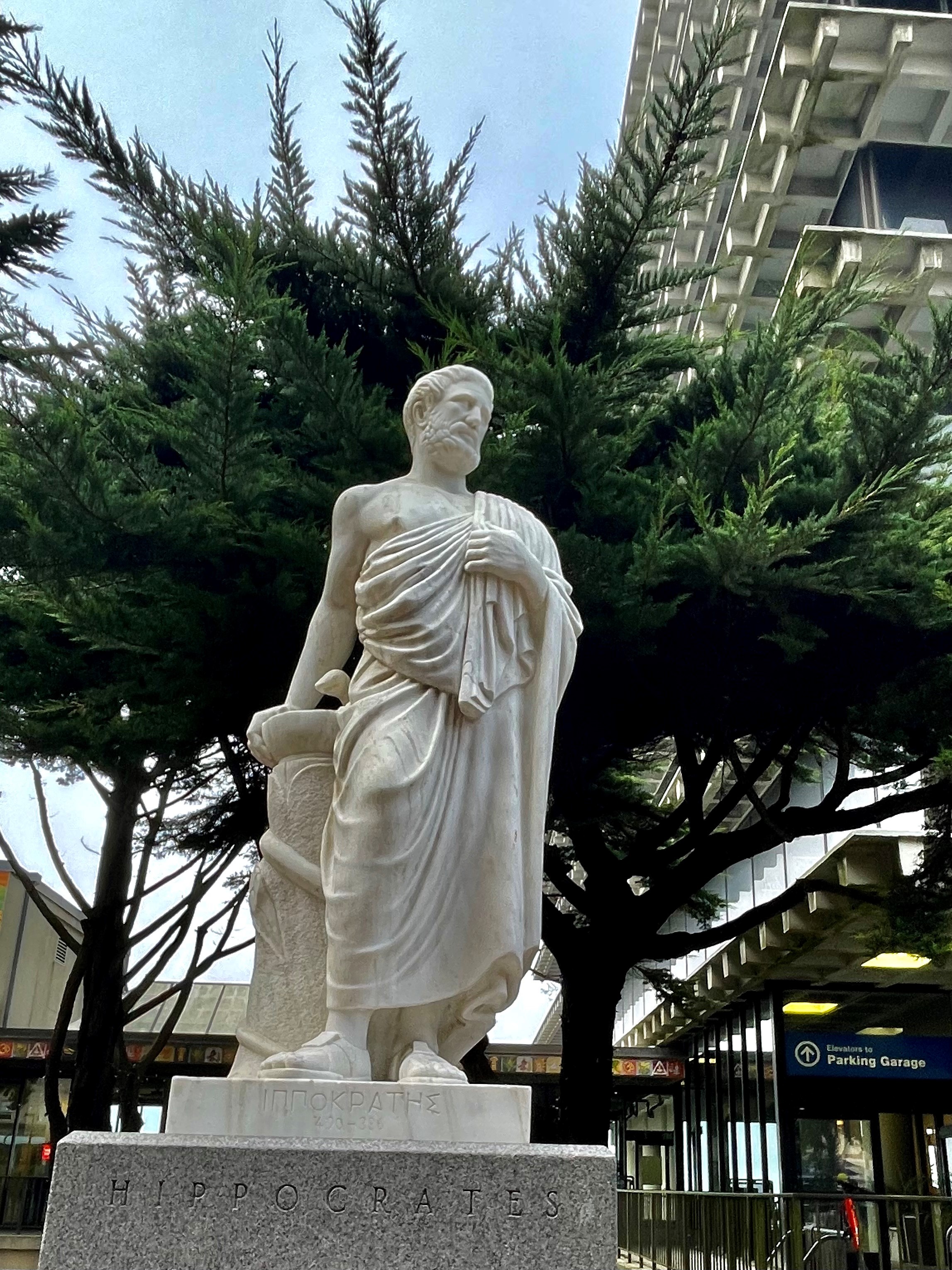We have a passion for understanding the transcriptional and epigenetic control of morphogenetic processes in vertebrates, using the mouse and the chick as model organisms, as well as non-model organisms such as lizard and pig embryos. Recently, our studies also comprise human development.
In past years, the various mouse strains deficient for homeodomain-containing transcription factors (TFs) of the PBX family that we have independently generated have led us to the discovery that PBX homeoproteins, also known as HOX-cofactors, are essential developmental regulators. My laboratory has uncovered for the first time that these TFs are required for proper morphogenesis of multiple tissues and organs of the vertebrate embryo, including the craniofacial complex, the limb, and the spleen through the direct transcriptional control of target genes within tissue-specific gene regulatory networks (GRNs). Using genetically-engineered mouse lines we have built models of human congenital birth defects, including Cleft Lip/Palate, Limb Reductions, and Congenital Asplenia.
In addition, we have conducted forward genetic screens by ethylnitrosourea (ENU) mutagenesis in the mouse that led to the isolation and characterization of mouse mutant strains with limb and craniofacial defects. One mutant line, named “Hollow ear” or Hol because of a hole in the temporal bone, exhibits striking craniofacial defects. We discovered that the Hol mutation affects a gene that encodes a member of the ESCRT-II endosomal sorting complex, a ubiquitous cellular machine. Our research established that disruption of the ESCRT machinery is a novel mechanism underlying abnormal morphogenesis of craniofacial structures.
Within the Mouse ENCODE Consortium, we have also gained insight into shared and species-specific transcriptional programs at the whole-genome level to identify the forces that shape mammalian regulatory DNA landscapes. Furthermore, within the FaceBase Consortium, we have generated datasets on chromatin landscapes and transcriptomes of the human and chimpanzee cranial neural crest, uncovering functionally significant cis-regulatory divergence underlying human-specific craniofacial traits. Combined, these different genetic and genomic approaches have enabled us to reach a better understanding of the basic processes underlying embryonic development, as well as evolution of morphology and shapes, and their perturbation in human birth defects.
During the past twenty years my laboratory has maintained a record of continued productivity, combined with a proven ability to conduct highly collaborative research in partnership with other laboratories, also within large consortia. We take great pride in mentoring the future generation of scientists, and have been very active in Diversity, Equity, Inclusion efforts at UCSF.


Selleri Laboratory
513 Parnassus Ave HSW 7
San Francisco, CA, 94143
Lab Contact: Robert Aho (robert.aho|@|ucsf.edu)